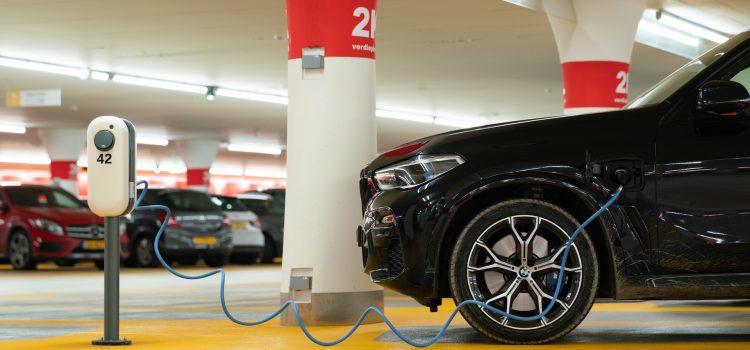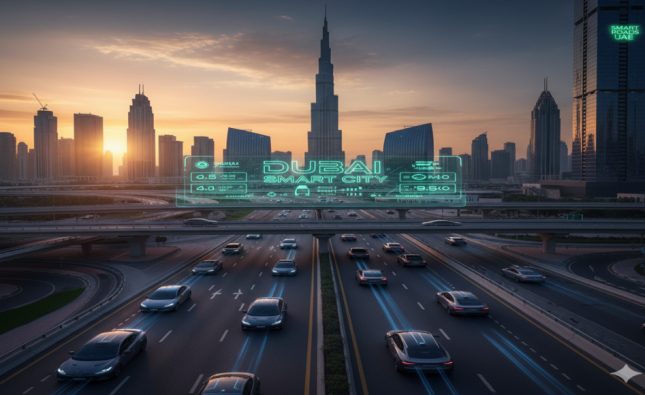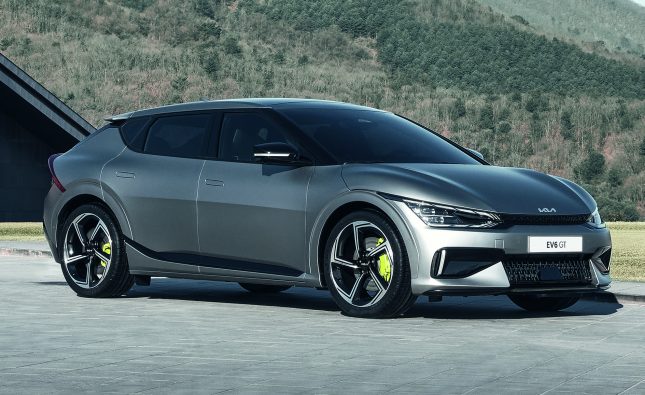
The European Union (EU) has witnessed a remarkable surge in electric vehicle (EV) sales, with a staggering 71% increase fueled by government subsidies. This surge in adoption reflects the significant impact of incentives in driving the transition to electric mobility and achieving sustainability goals. In this article, we will explore the power of incentives, delve into the factors behind the surge in EU EV sales, and examine the implications for the future of sustainable transportation.
Government subsidies have played a pivotal role in accelerating the growth of EV sales in the EU. Member states have introduced a range of financial incentives to make electric vehicles more affordable and accessible for consumers. These incentives include purchase grants, tax credits, and reduced charging costs, effectively reducing the upfront and operational expenses associated with electric vehicles. By providing financial support, governments have incentivized individuals and businesses to choose electric vehicles over traditional combustion engine cars, resulting in a significant increase in EV sales.
The surge in EU electric vehicle sales is also a testament to the growing environmental consciousness among consumers. With mounting concerns over climate change and the need to reduce greenhouse gas emissions, electric vehicles offer a cleaner and more sustainable transportation alternative. EU member states have set ambitious emission reduction targets and implemented stricter regulations on vehicle emissions, further driving the adoption of EVs. The availability of subsidies has not only made electric vehicles more attractive from a cost perspective but has also aligned with consumers’ desire to make environmentally conscious choices.
Another critical factor contributing to the surge in EU EV sales is the expansion of charging infrastructure. Recognizing the importance of a robust charging network, the EU has invested in the development of public charging stations, fast-charging networks, and home charging solutions. The improved accessibility and availability of charging infrastructure have addressed the range anxiety concerns of potential EV buyers, increasing their confidence in electric vehicle ownership. A well-developed charging infrastructure is essential to support the growing number of electric vehicles on the roads and ensure convenient and hassle-free charging experiences for EV owners.
Technological advancements in electric vehicle technology have also played a significant role in driving the surge in sales. Automakers have made substantial investments in research and development, resulting in improved battery technology, increased driving range, and enhanced vehicle performance. The market now offers a wider range of electric vehicle models, including sedans, SUVs, and even luxury vehicles, catering to diverse consumer preferences. The combination of technological advancements and model diversity has attracted a broader customer base and increased the overall appeal of electric vehicles.
The 71% increase in EU electric vehicle sales reflects the collective efforts of governments, consumers, and automotive manufacturers in promoting sustainable transportation. However, challenges remain, such as the need for continued investment in charging infrastructure expansion, standardization of charging protocols, and advancements in battery technology. Addressing these challenges will be crucial for sustaining the growth of electric vehicle sales and further reducing carbon emissions from the transportation sector.
In conclusion, the power of incentives, particularly government subsidies, has been instrumental in driving the surge in EU electric vehicle sales. These incentives have made electric vehicles more financially viable and aligned with consumers’ environmental values. With ongoing investments in charging infrastructure and technological advancements, the future of electric mobility in the EU looks promising. The continued support of incentives and collaborative efforts from governments, consumers, and automakers will be vital in achieving a sustainable transportation future.










